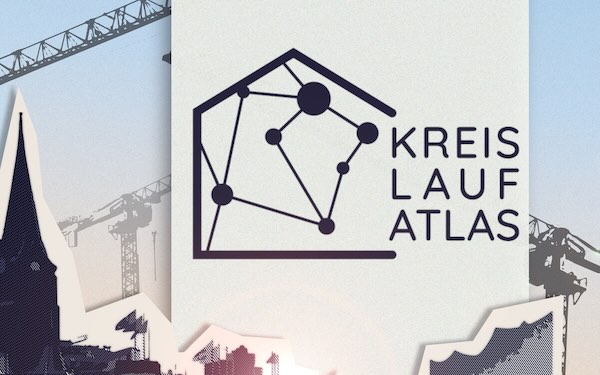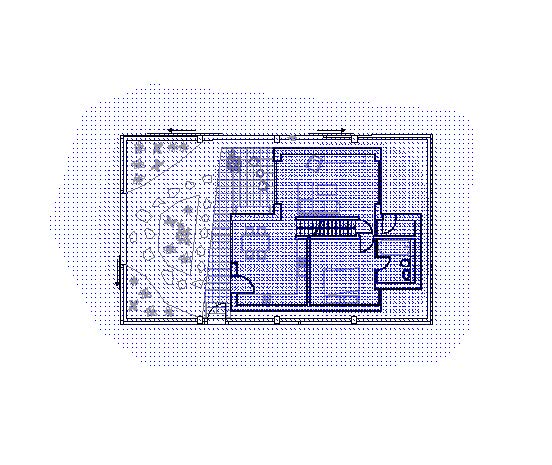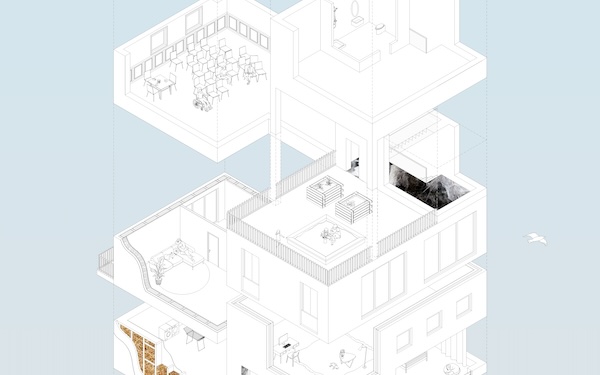
Material Networks
This OER provides teachers with the teaching concept and accompanying material for the course Material Stories. The course is offered at HafenCity University Hamburg as part of the "Architecture, Space and Society" department for architecture students. Further information and examples can be found on the Material Network project website.
Go to courseWhat to expect
This unit aims to support instructors of architecture and related disciplines by enabling them to develop courses on the role of spatial planning disciplines in times of climate emergency. The aim of the Material Stories course is to explore and illuminate the often invisible and unconscious socio-ecological connections of building materials. As part of the course, students will create scientifically grounded narratives that illuminate a particular dimension in the "life course" of a building material. Selected student work will be published on the Material Networks project website. In addition, a glossary provides explanations of key concepts such as the Anthropocene, resilience and social sustainability.
Learning objectives
The teaching unit offers suggestions for courses that deal with the socio-ecological interdependencies of spatial planning disciplines. In addition to literature references, it also includes selected teaching materials as well as methodological and didactic examples.
In the Material Stories course, students not only acquire expertise in the complex relationships of architecture in relation to the selection of building materials. They also deal intensively with the often invisible relationships of spatial production and reflect on their responsibility as future architects. They train the targeted use of various narrative strategies, develop a critical approach to AI-supported writing processes, strengthen their skills in the scientific processing and presentation of results and expand their abilities in peer cooperation and in the culture of constructive feedback.
Learning method
The methodology of the course combines inputs and practical exercises to create a dynamic learning environment. Collaborative reading sessions and focused text work promote a deeper understanding of the material. Intermediate presentations are used for reflection and exchange of ideas, while writing workshops support the development of expressive skills and critical analysis.
More info
Sabine Hansmann, Alisa Uhrig, Weronika Yuan
Related courses
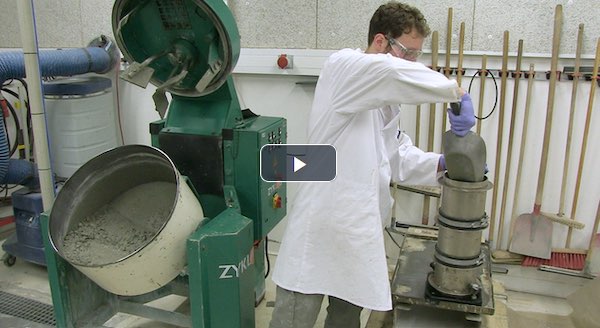
Go to course
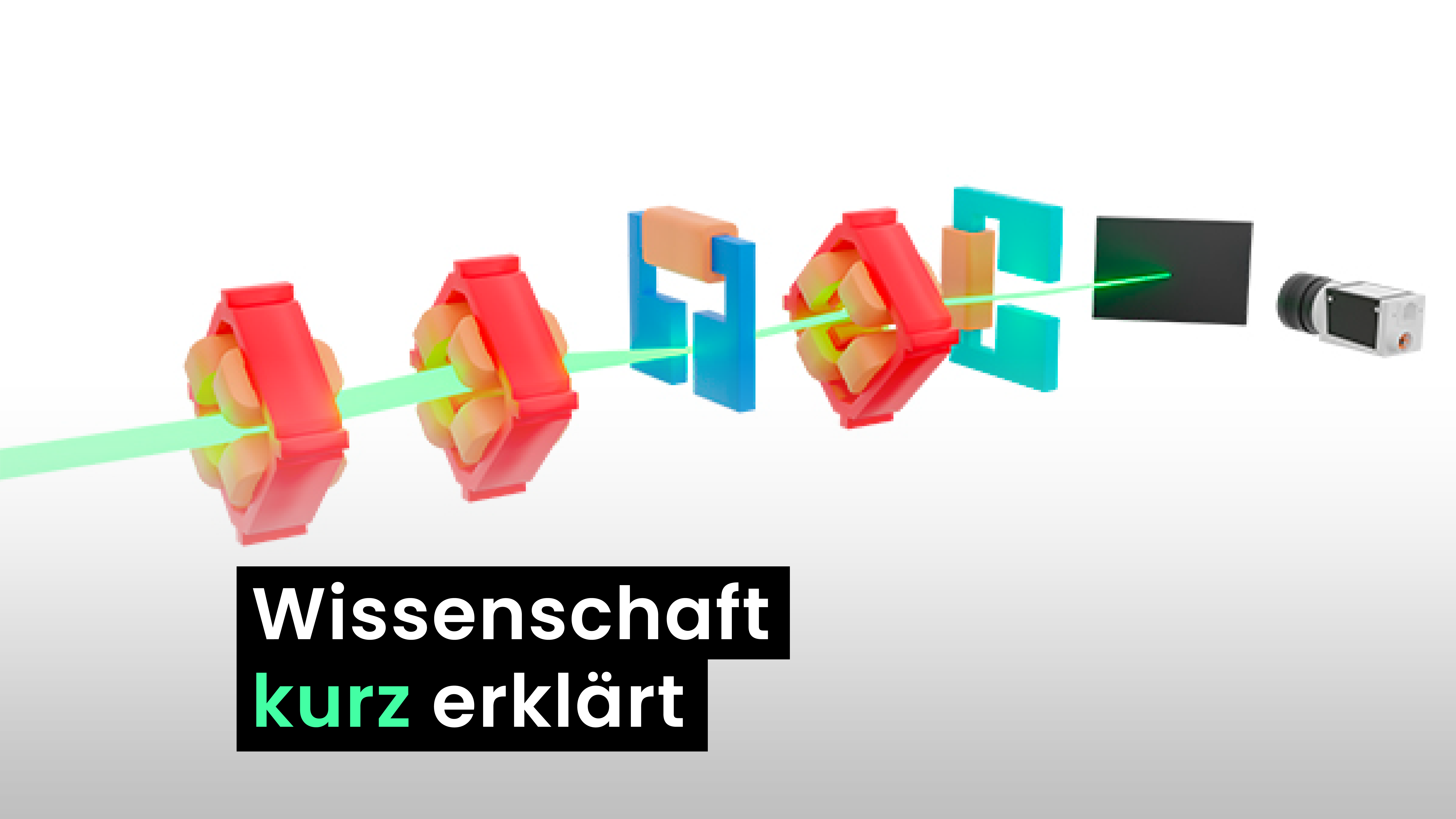
Go to course
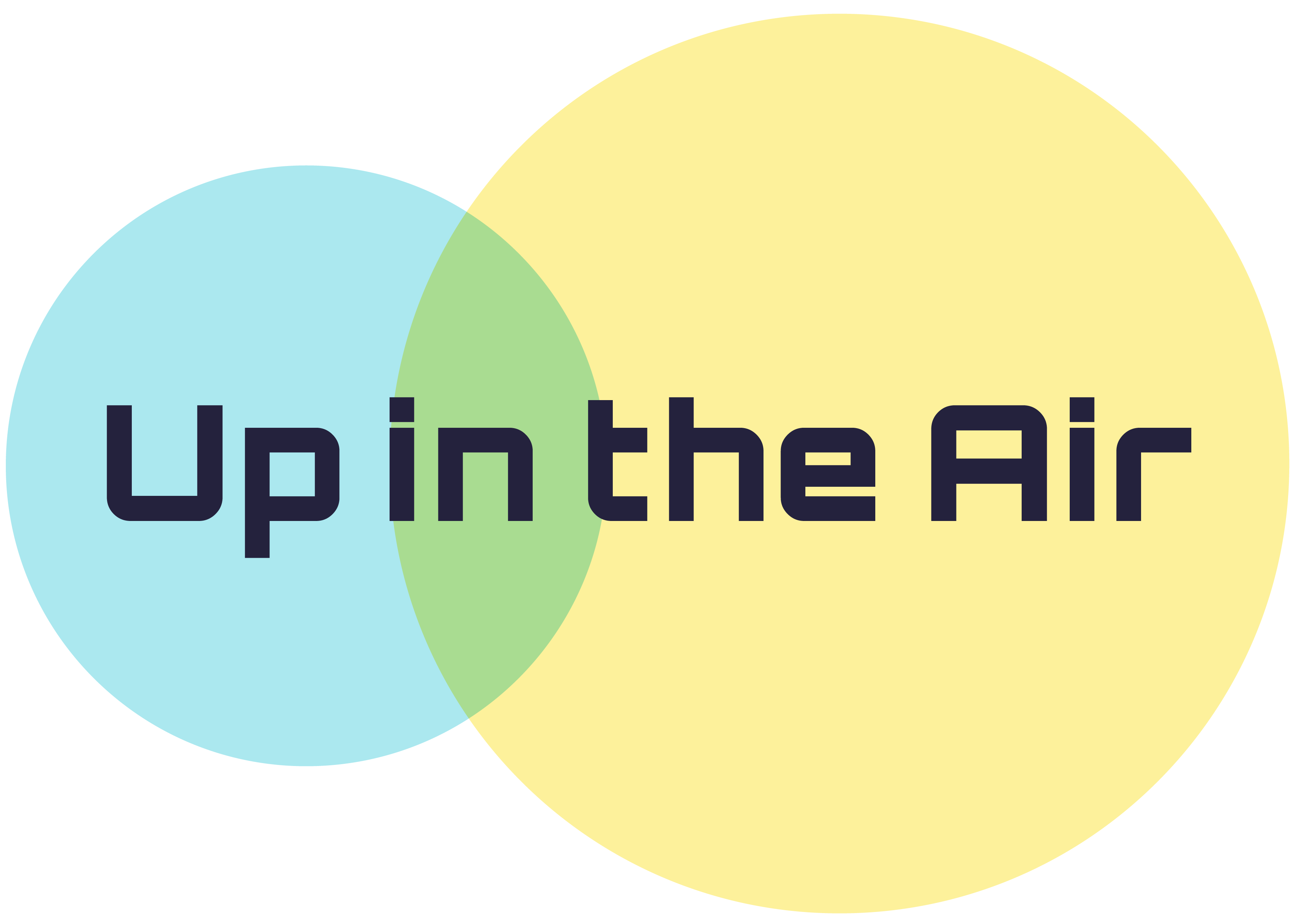
Go to course
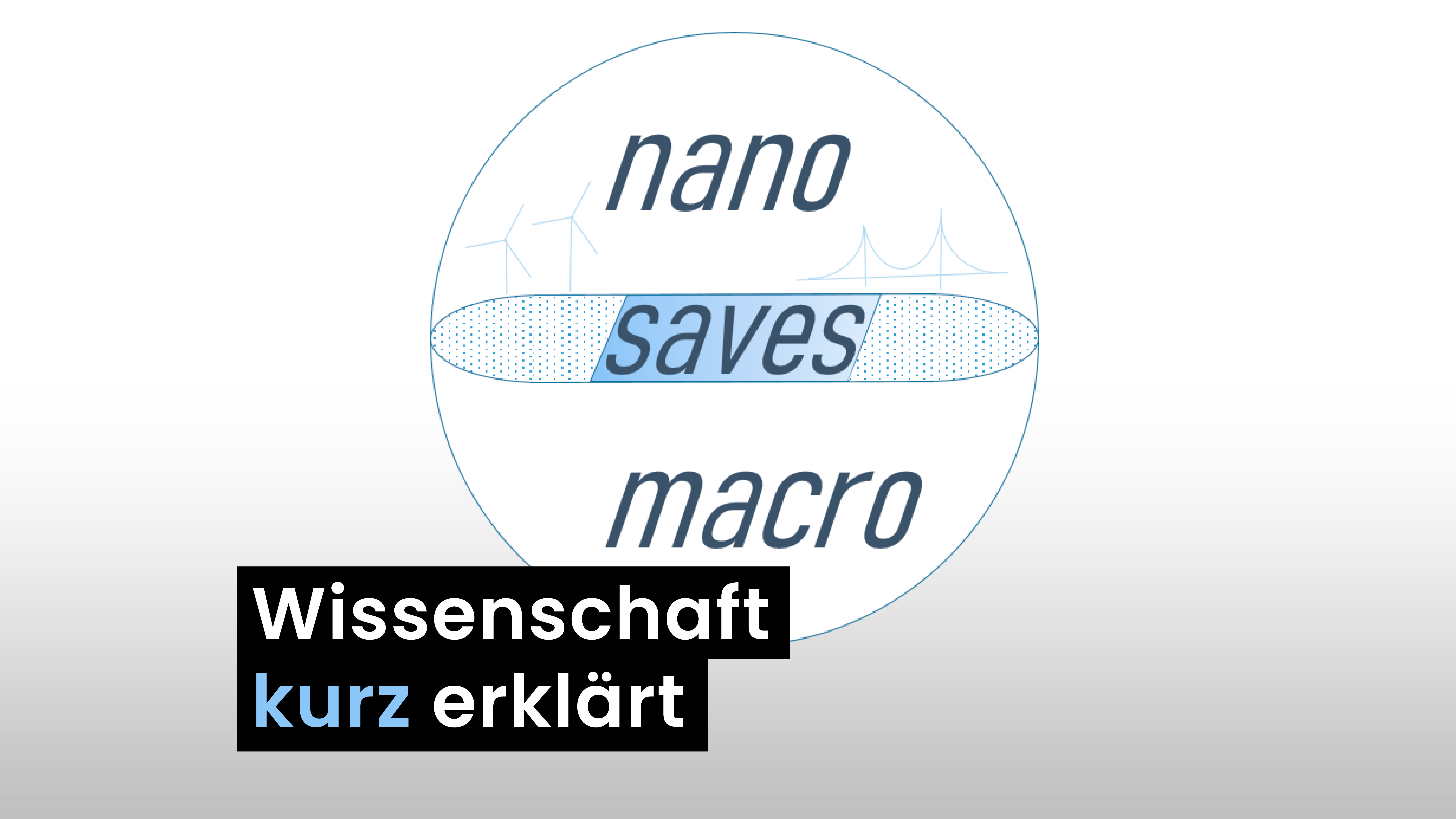
Go to course

Go to course
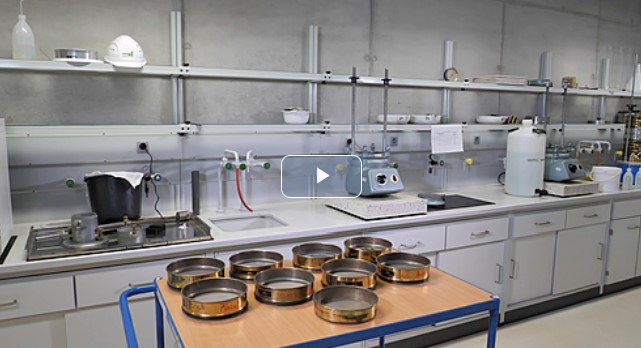
Go to course
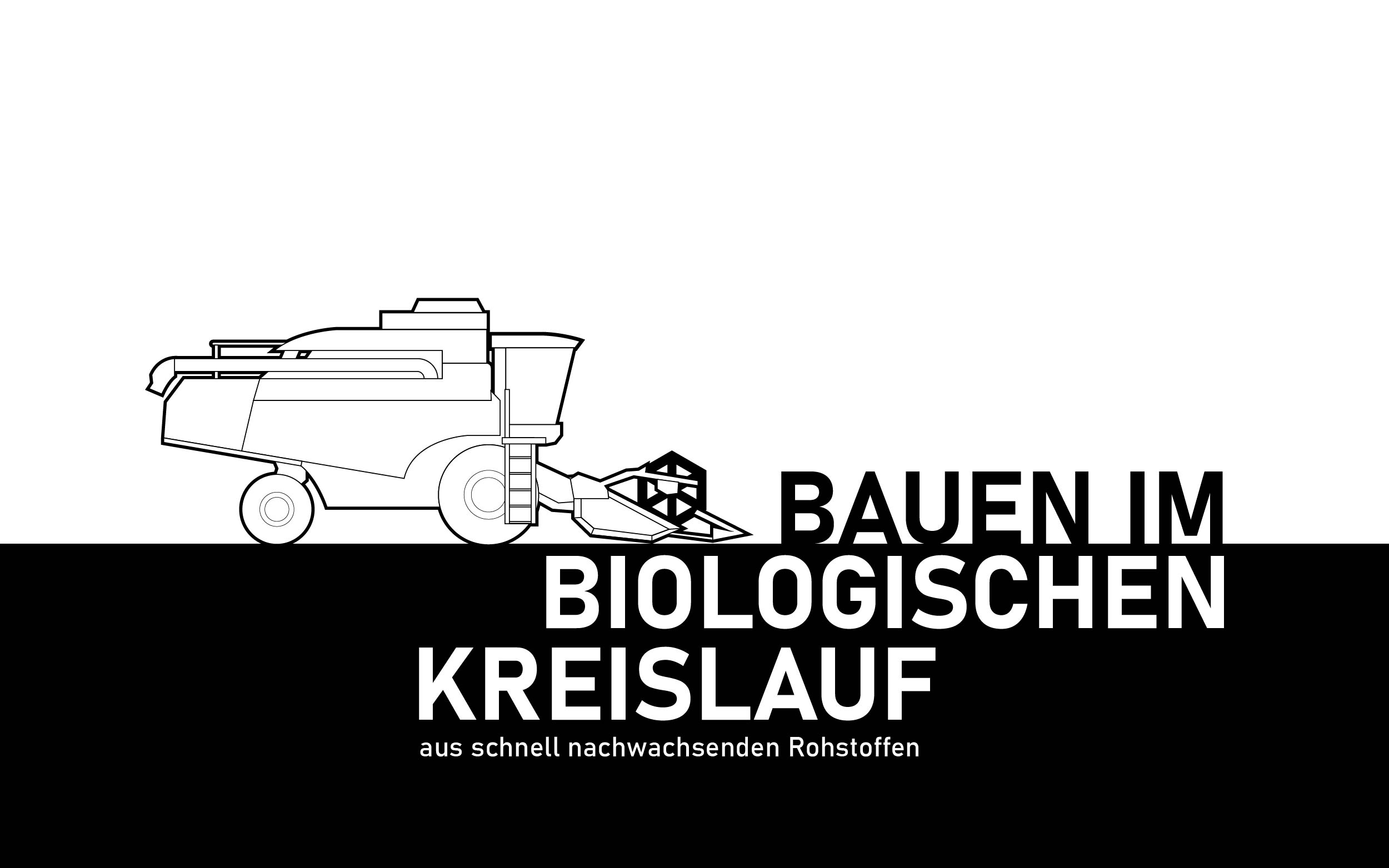
Go to course
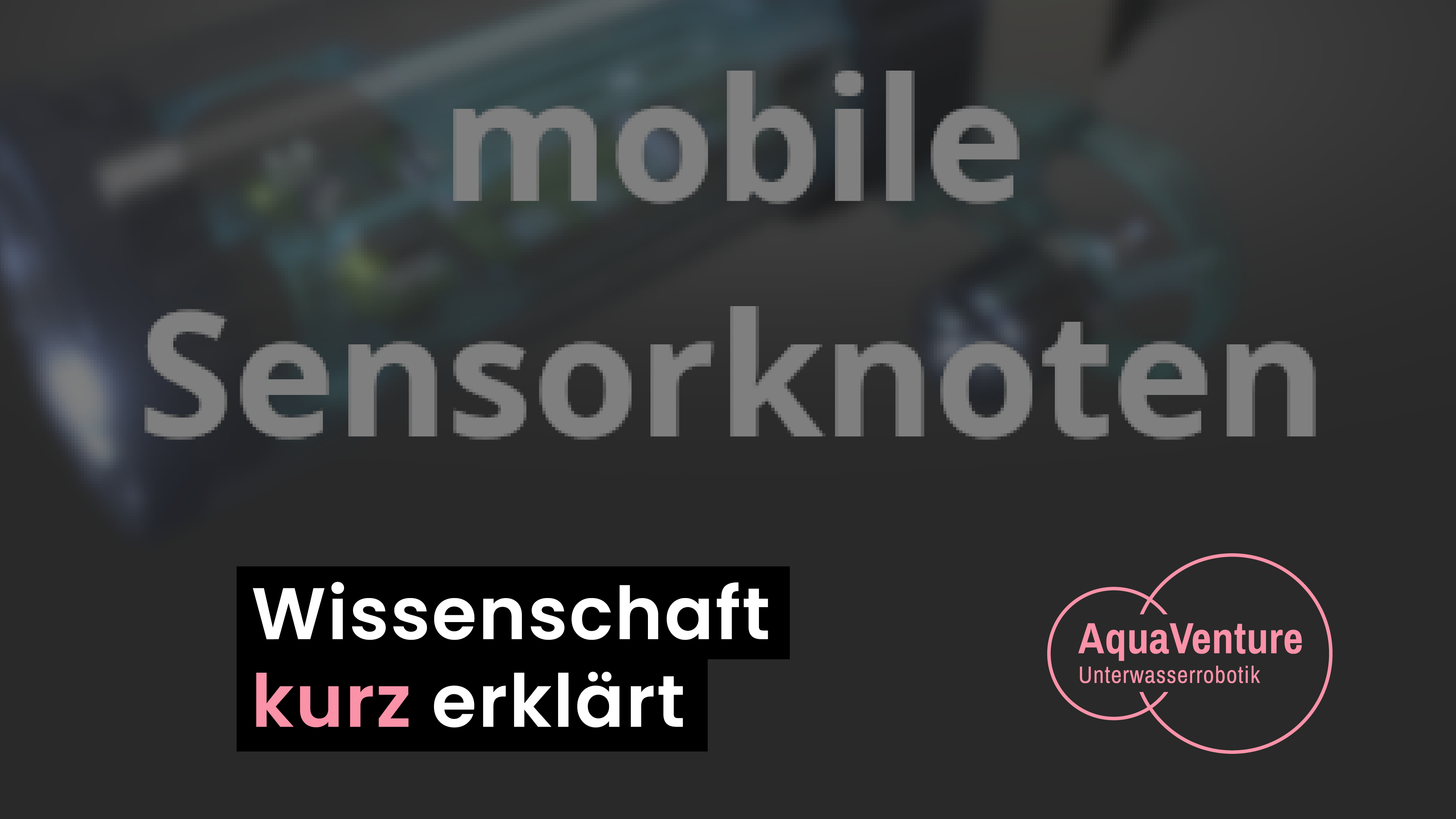
Go to course
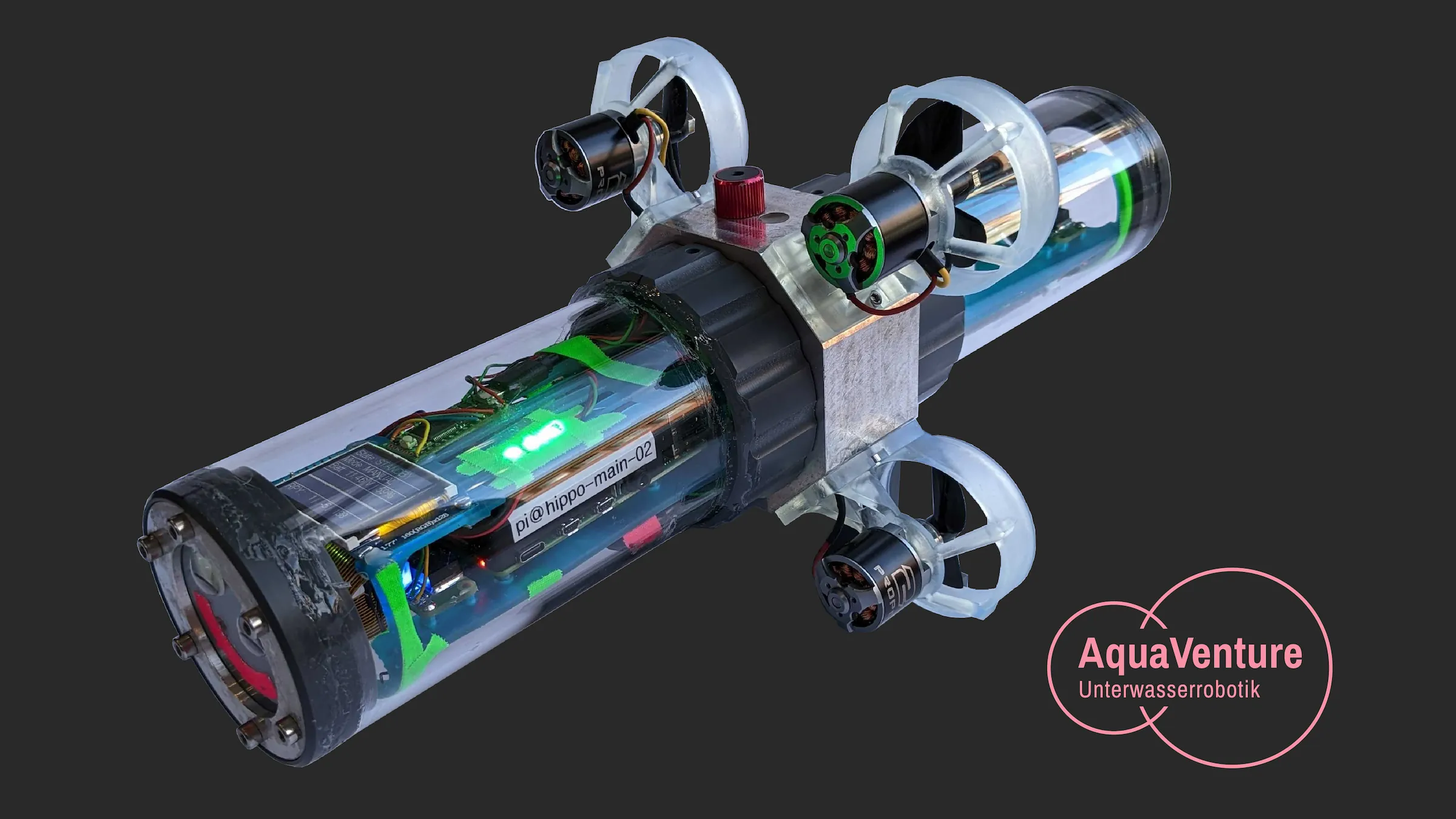
Go to course
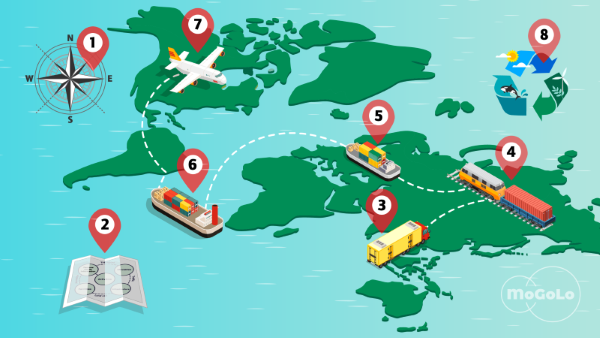
Go to course
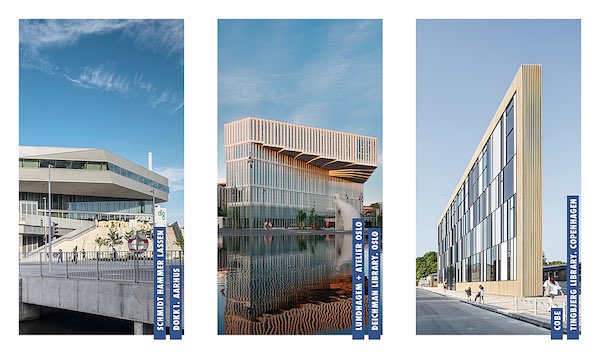
Go to course
